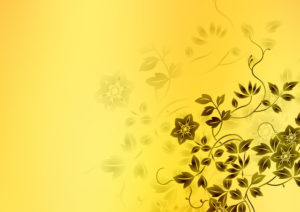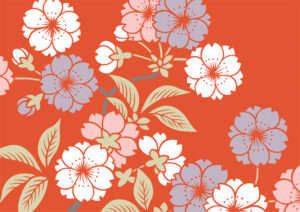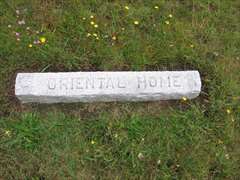The Truth of Victoria Oriental Home [2]
Michiko Midge Ayukawa, PhD

◆Why Are the Nikkei People Unwilling to Speak About Oriental Home?
In May 1942 when the Japanese were all removed from the west coast, there were eighteen Japanese children being cared for; eleven were under twelve years old. They were sent to the Girls’ Residence in Assiniboia, Saskatchewan. They were all motherless, their fathers had been sent to road camps and these children too had to leave the coastal area. The Oriental Home closed, and the premises were occupied by other groups such as the Elks, the Knights of Columbus.
These facts, however, do not explain why the Victoria Oriental Home was not spoken about openly. Was it because of its beginning as a shelter for Chinese prostitutes, and that later, a few Japanese prostitutes had also been cared for there?
Japanese women had been smuggled into the United States and then brought across the border to the boomtowns in the interior of BC (the Kootenays, Cariboo) and southern Alberta in the late 1800s and early 1900s. A reporter for the newspaper “Tairiku Nippo” in Vancouver travelled to these sites, talked with the women and wrote a vivid account of these women: “Kanada No Makutsu” (Brothel in Canada) by Shohei Nagata. With the closing of the mines a number of these women sought refuge at the Oriental Home. There were few survivors since the years and disease had taken their toll.

Tomoko Makabe carried out a thorough study of the lives of a few pioneer picture brides. One story in particular is about a woman who was able to survive two bad marriages, spent some time at the Oriental Home and was then able to run a successful dress-making business.
For a Nisei like me who had often heard quiet whispers about the Oriental Home and had known some people who had been ‘saved” by the Women’s Missionary Society of the United Church of Canada, I deplore the stories that are still rampant about the Oriental Home. The common opinion appears to be that those women who sought shelter there had been prostitutes; thus, a low form of womanhood that brought shame to the Japanese race. However, they were few in number. The majority of the women who sought help there were desperate, and they were brave. To go outside the community was frowned upon but few fellow Japanese could lend a helping hand or were willing to. Those who had the strength to reach out to the Oriental Home are to be admired, not reviled.
The debt that we Japanese Canadians owe to the Women’s Missionary Society of the United Church of Canada can never be repaid. Without their help in setting up secondary school education in the interior camps during World War II, many of us would not have been able to carry on with our education and would have had great difficulty later in regaining our place in Canadian society when we resettled.
Let us all keep an open mind and not leap to conclusions based on whispers and rumours. There are well-researched books available on this part of our history—there were good benevolent people and there were selfish evil ones, many men and women and their children would not have been able to survive and fewer would have if there had not been some benevolent Christian women who saw the need and helped.

The photo, right, shows a grave marker inscribed with “ORIENTAL HOME” at Ross Bay Cemetery in Victoria, BC. The names of the persons buried there are not known so far.
Michiko Midge Ayukawa, PhD (1930 – 2013)
She was born in 1930 in Vancouver, BC as a third child (first daughter) of Japanese parents of first-generation immigrants from Onomich, Hiroshima, Japan. She experienced the interment in 1942 enforced by the Canadian government. In 1955, she married Karl Kaoru Ayukawa and then raised five children. Historian, and the author of a book “Hiroshima Immigrants in Canada 1891-1941”, 2008, UBC Press.
Copyright © 2010-2018 Japanese Canadian Community Organization of Victoria
This article is a revision of the article published with the same title by Japonism Victoria, vol.5 no. 7, 2010.
The Truth of Victoria Oriental Home [1] <
